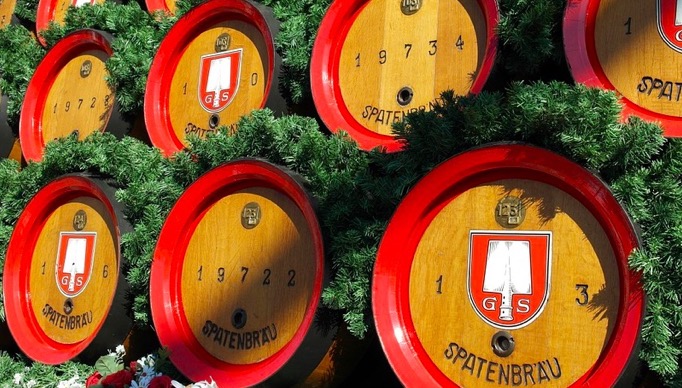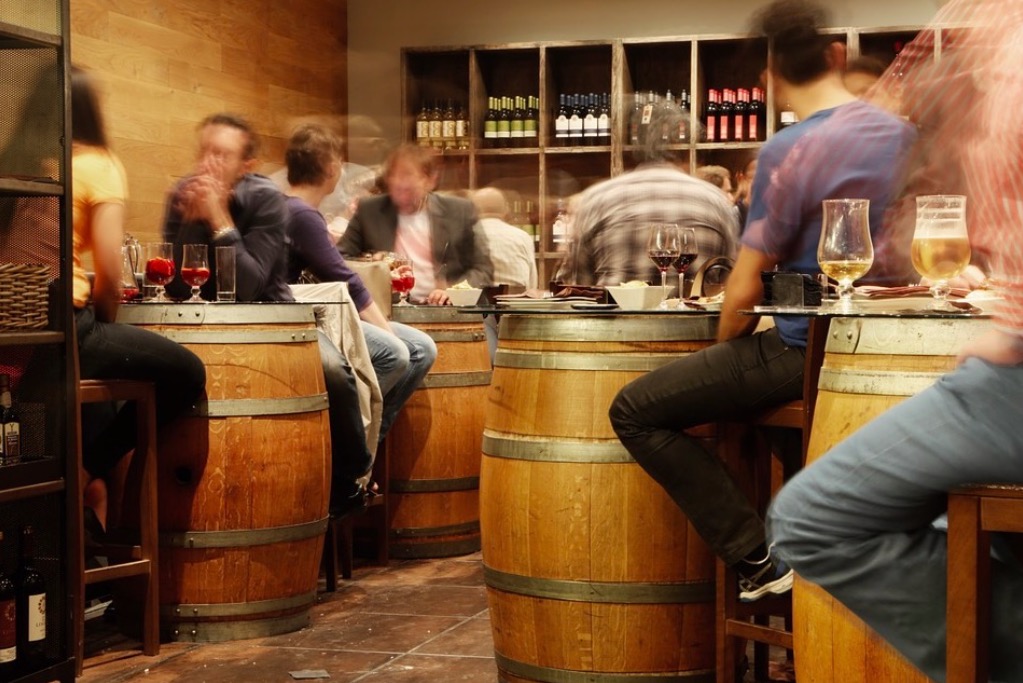Effectively Utilizing and Managing a Rotating Draft Program
Rotating drafts, or as they’re often called “Guest taps”, are becoming more and more common as the quantity and quality of craft breweries emerging around the world show no sign of abating. All of these companies and breweries, whether they be local, regional or national, want to be chosen to be in your draft lineup. The rotating draft program allows you to build a rapport with many different companies, and to test out their product for the future. Here are some tips to getting the most out of your rotating draft program.
Seasonal Offerings
From food menus to cocktail menus to decorations, the current general theme is seasonality and, with the craft beer scene booms, craft beer and, therefore, craft beer consumers are really into seasonality. Make sure your beer fits with the season, when it doesn’t it’s not going to sell.
Season-End Or Sell By Date is Approaching
Beer has a best before date and ideally it should never be served past its best before date; the keg or bottles should be long empty by this point. However, if it is getting close to the stamp on the keg, or to the end of the season your beer is designed for, consider running a staff competition around said beer and watch your staff help rid you of your problematic keg.

Word of Mouth
When your staff are asking your customers, be it at the bar or at the table, what they would like to drink make sure they tag, “oh, and our current rotating draft is …” onto the end of their question. This puts the beer and the option at the forefront of their options and will increase your sales. Don’t let your staff wait until a guest asks about the guest tap, ensure they are proactive in selling your special beers.
Clean Your Own Lines
If you don’t clean your own lines then a rotating draft program will present a problem for your business. Ideally you want to be able to run out of one beer one night then tap the next one the following day. This means that the line needs to be cleaned and prepared for the new beer overnight. If you outsource your line cleaning this might not be possible, because who really knows when that keg is going to kick? If, however, you learn to clean your own lines then you can take much better advantage of a rotating draft program by ensuring that that tap is never empty.

Ordering
When ordering a replacement beer don’t be pushed into ordering the beer early by pushy brewery representatives; they just want their sale. Ensure them that you’re going to buy their beer, but not until it’s the optimum time for you. When is your optimum time? When the other keg is almost empty. The closer you buy the beer to you tapping it means the longer life you get on it and the more time you get to sell it.
Don’t be Afraid to Throw Away
No one likes throwing away product, but in the case of a rotating tap it might sometimes be necessary. If you have a keg of summer ale waiting but the last your winter, oatmeal stout just won’t move, then it might be time to cut your losses and trash the out of season stout. Why? Because whilst you’re trying to sell your old beer your new one, which fits the season better, could be selling by the dozen. We never like to discard good product but in instances like this, where it can mean more sales, it can often be worth it.
A rotating draft is a good way for you to experiment with some beers, and to show your customers that you’re on the edge of innovation; and it also lets you keep things fresh for your regulars. Local collaborations for rotating drafts also help because all beer drinking visitors to anywhere want to drink local.



